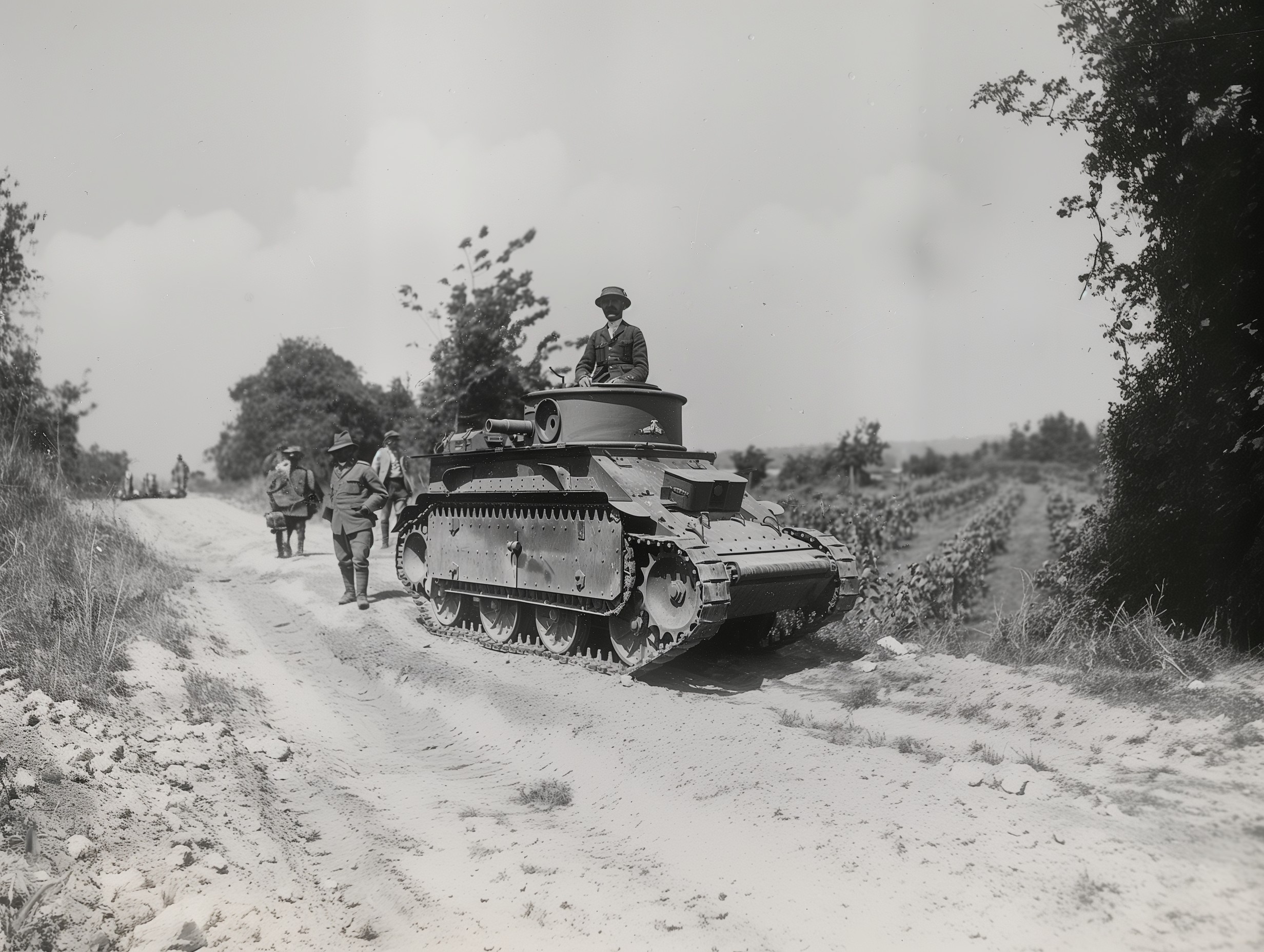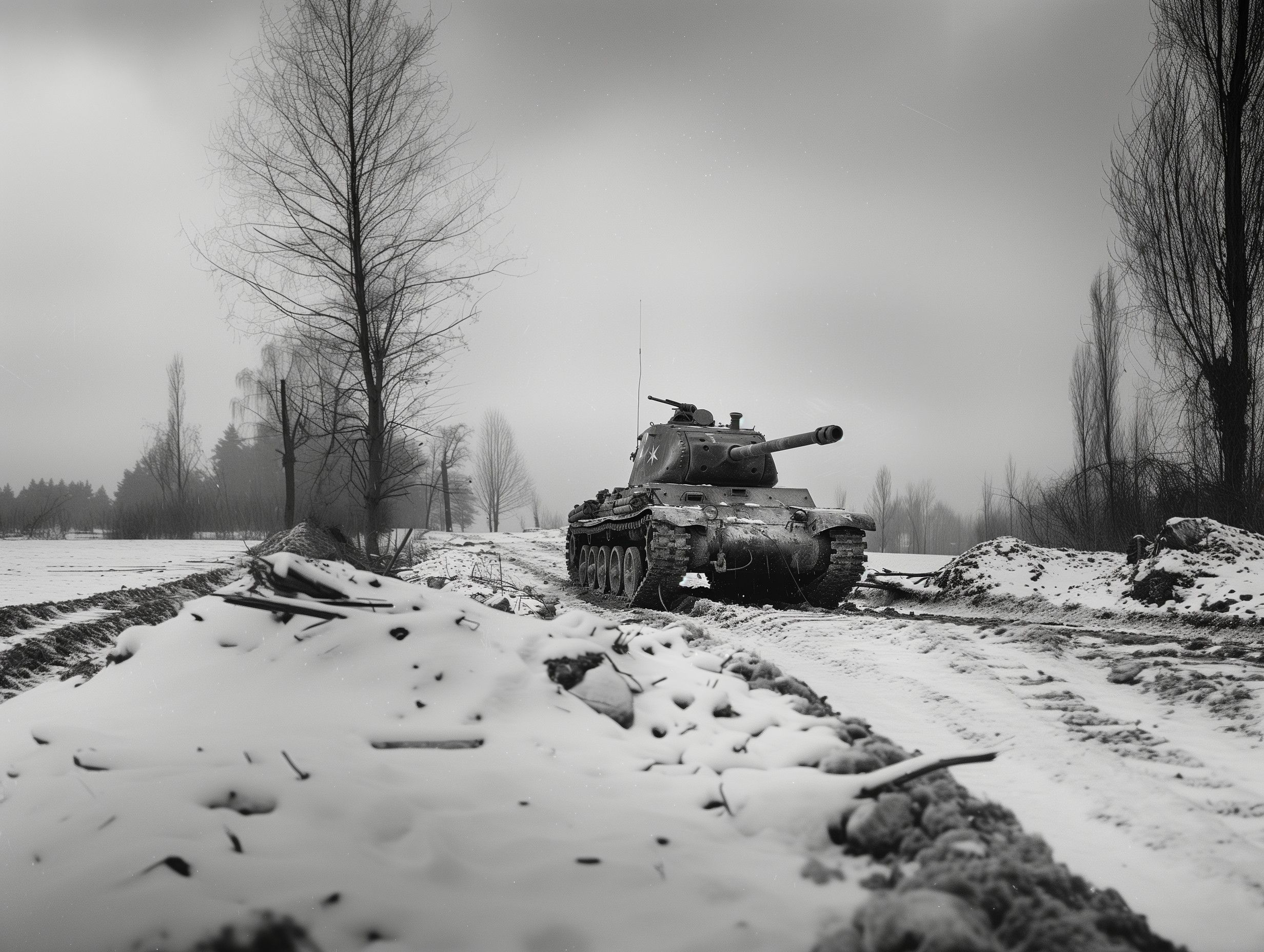Churchill Tank Details
The Churchill tank, officially designated the Tank, Infantry, Mk IV (A22), was a British heavy infantry tank used in the Second World War. It was named after Prime Minister Winston Churchill, who had promoted the development of the tank in the First World War. Churchill tanks were notable for their heavy armour, large longitudinal chassis, and all-around tracks with multiple bogies.
Design and Development
The Churchill was designed in response to the need for a tank that could cross rough terrain. The initial designs were ready in 1940, and the tank saw action for the first time in 1942. Its design allowed it to climb steep slopes and cross obstacles that most other tanks could not.
Variants
Over the course of the war, several variants of the Churchill were developed, including:
- The Churchill Mk I, which was armed with a 2-pounder gun in the turret and a 3-inch howitzer in the hull.
- The Churchill Mk VII, a significantly up-armored version that became the main production model from 1943 onwards.
- The Churchill AVRE (Armoured Vehicle Royal Engineers), equipped with a petard mortar for demolishing fortifications.
Operational History
The Churchill tank saw extensive action throughout World War II, from the North African campaign to the Normandy landings and beyond. Despite its slow speed, the Churchill's ability to cross difficult terrain made it a valuable asset in many battles.
Legacy
After the war, the Churchill tank continued to serve in the British Army until the 1950s. It also saw action in the Korean War. The tank's design influenced post-war tank development, particularly in the area of vehicle mobility and adaptability.

